Muslim fashions: modern yet modest
-
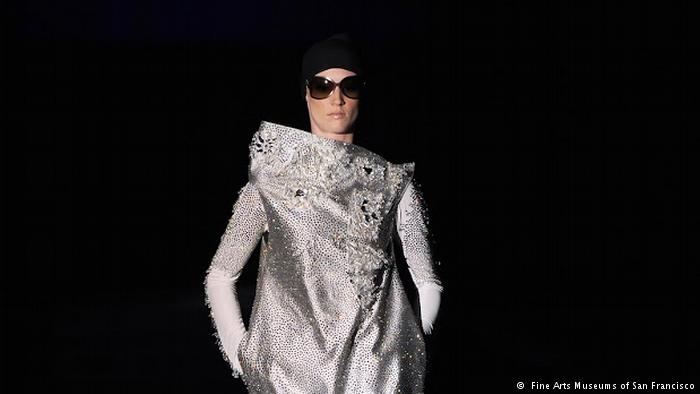
Muslim fashion combats prejudice: the de Young Museum exhibtion is showing contemporary Muslim style and clothing. This design made of silk and Swarovski crystals by Malaysian luxury designer Bernard Chandran is just one of the featured items. The exhibition aims to examine a branch of fashion that is often talked about, but rarely gets a chance to present itself -
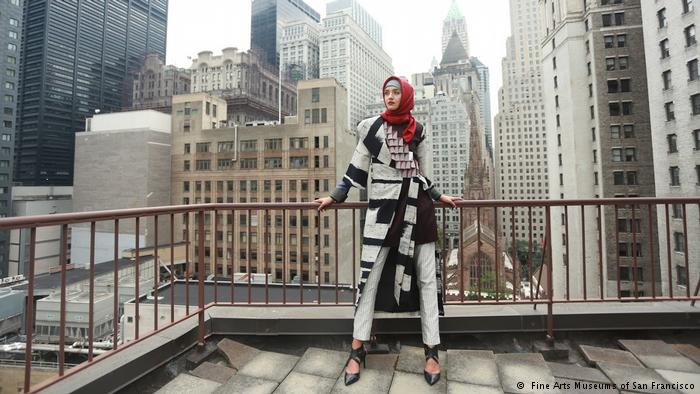
From Jakarta to New York: Dian Pelangi has made Muslim fashion famous on the Western catwalks. The 27-year-old is one of the few Muslim designers to present her designs at fashion shows in London, Milan and New York -
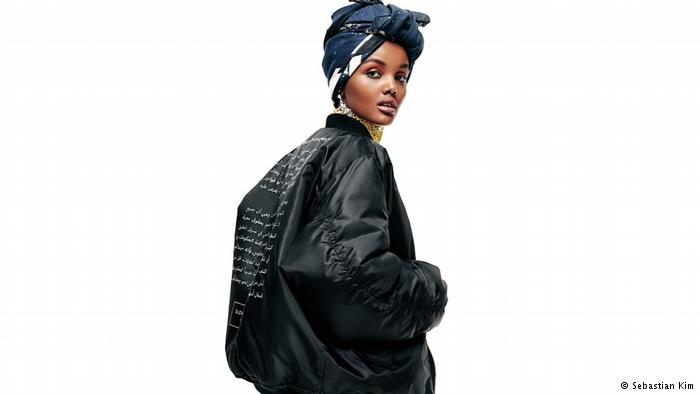
Political message: the show in San Francisco also addresses with Islamophobia. This bomber jacket features the First Amendment of the U.S. Constitution printed in Arabic – a clear reference to freedom of religion. The jacket was designed by Lebanese designer Celine Semaan Vernon. She came to Canada as a refugee with her parents at the end of the 1980s and then moved to the U.S. -
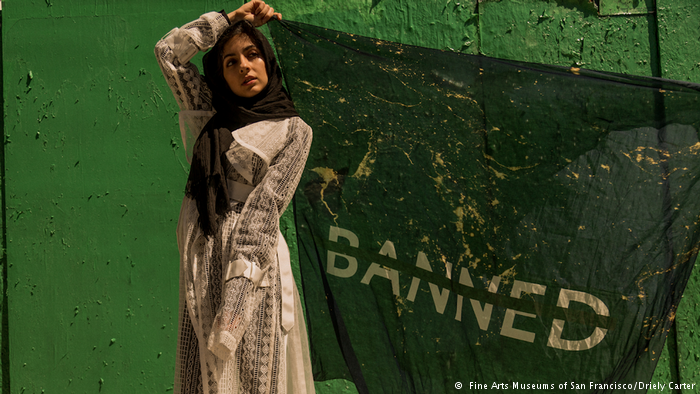
An answer to Trumps 'Muslim Ban': Celine Semaan repeatedly uses her designs to make political statements. In 2017, for example, she designed her "banned" scarves. Some of the scarves feature a satellite photograph of the countries affected by U.S. President Trump's travel ban. The model in this photo is Iranian-American political fashion blogger Hoda Katebi -
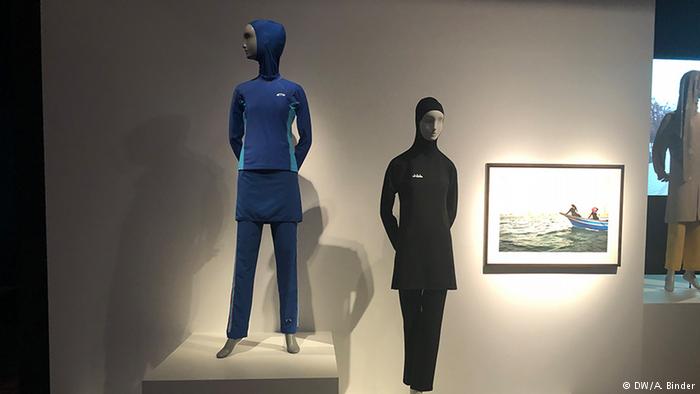
Sports fashion: in addition to clothes, jackets and political scarves, the exhibition also deals with sports fashion. Included in the items on display are a Nike hijab and Aheda Zanetti's controversial burkini, which was temporarily banned from French beaches in 2016 -
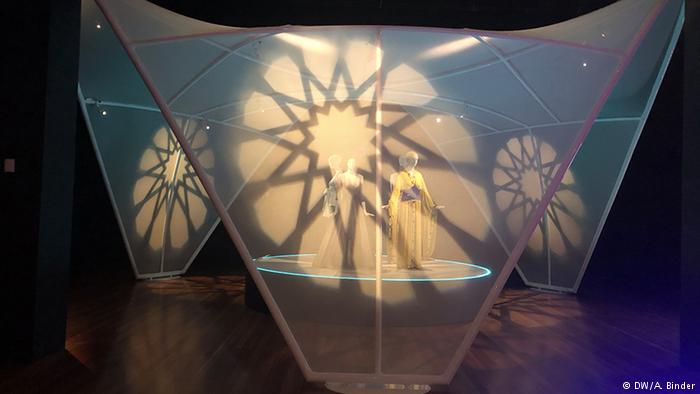
The symbolic power of architecture: the exhibition space was designed by leading architecture firm Hariri & Hariri, led by two Iranian-American sisters. The design is intended to surround the visitor with a playful space and reflect the act of concealment -
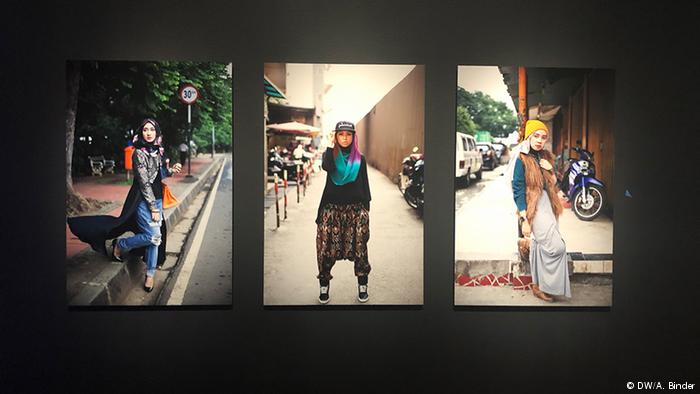
Social networks – platforms for expression: countless bloggers, influencers and fashion magazines are dedicated to the Muslim fashion world. On Instagram, so-called "hijabistas" celebrate the traditional headscarf as a fashion must-have. This aspect is also addressed in the exhibition "Contemporary Muslim Fashions", which can be seen in San Francisco until 6 January
https://qantara.de./en/node/26240
Link
To all image galleries
